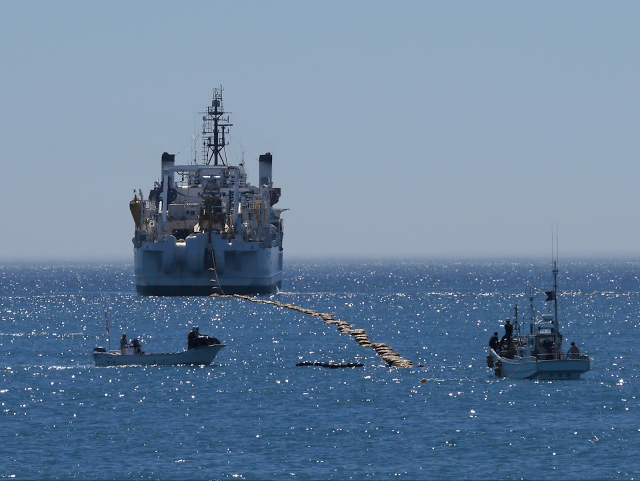Google partnered with APAC carriers China Mobile, China Telecom, SingTel, KDDI and bandwidth provider Global Transit
In an effort to bolster its application and cloud customer experience, Google, in partnership with numerous Asia-Pacific interests, yesterday brought online its 10 terabit per second Faster Cable System, which links the West Coast of the U.S. with Japan.
Alan Chin-Lun Cheung of Google Submarine Networking Infrastructure wrote in a blog post that the new fiber optic line is the fastest ever built. The NEC-built cable features six-fiber pairs and comes ashore in Japan at ports in the Chiba and Mie prefectures, which are “strategically located outside of tsunami zones to help prevent network outages when the region is facing the greatest need.”
“This is especially exciting, as we prepare to launch a new Google Cloud Platform East Asia region in Tokyo later this year,” Chin-Lun wrote. “Dedicated bandwidth to this region results in faster data transfers and reduced latency as [Google Cloud Platform] customers deliver their applications and information to customers around the globe.”
Google operates three other undersea fiber cables including the 7.68 Tbps trans-Pacific Unity cable, which came online in 2010.
Of the project name “Faster,” management committee chairman Hiromitsu Todokoro told Tech Times: “From the very beginning of the project we repeatedly said to each other, ‘faster, faster and faster,’ and at one point it became the project name, and today it becomes a reality.”
Undersea fiber essentially comprises the backbone of global communications network, carrying data ranging from consumer content to financial trading data. In fact, between the late 1980s and 2014, $57.2 billion was invested in 1.275 million kilometers of fiber optic submarine networks, according to a 2104 Submarine Telecoms Industry Report authored by Terabit Consulting. During that time the industry experienced its ups and downs, but remained profitable. In the quarter-century since the advent of transoceanic fiber optic systems, the market has averaged 50,000 kilometers of fiber deployed and $2.2 billion in investments each year.
Check out this piece for an in-depth look at global undersea fiber networks.

